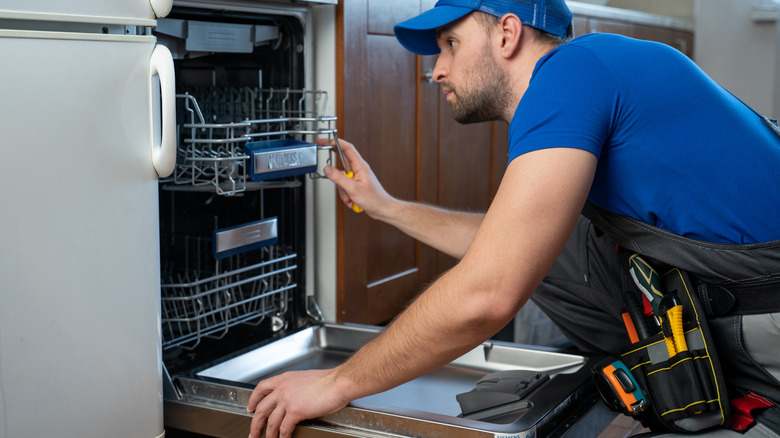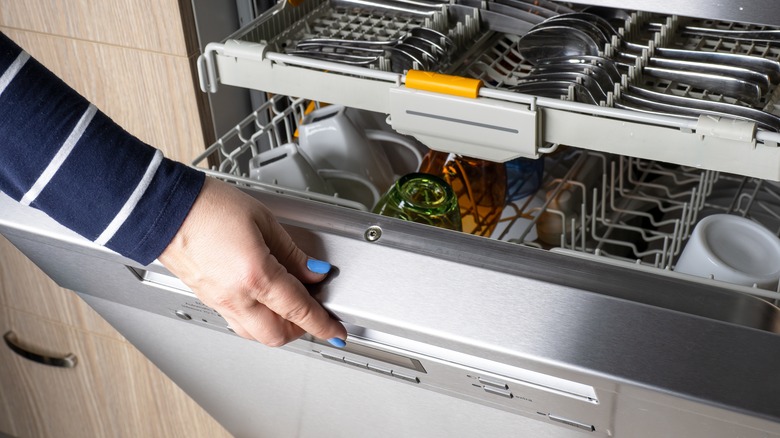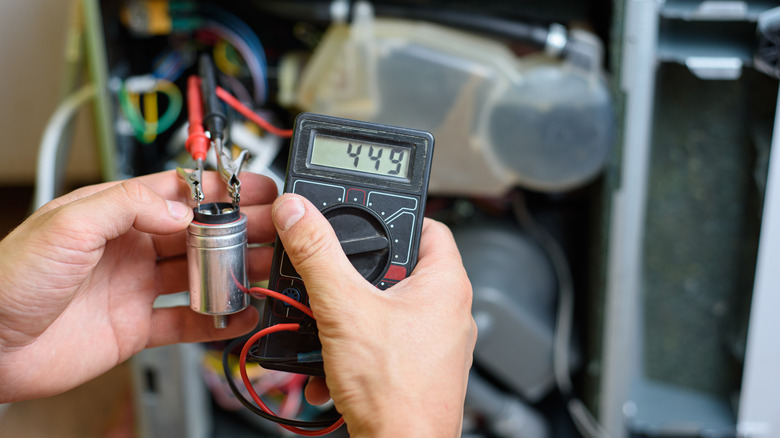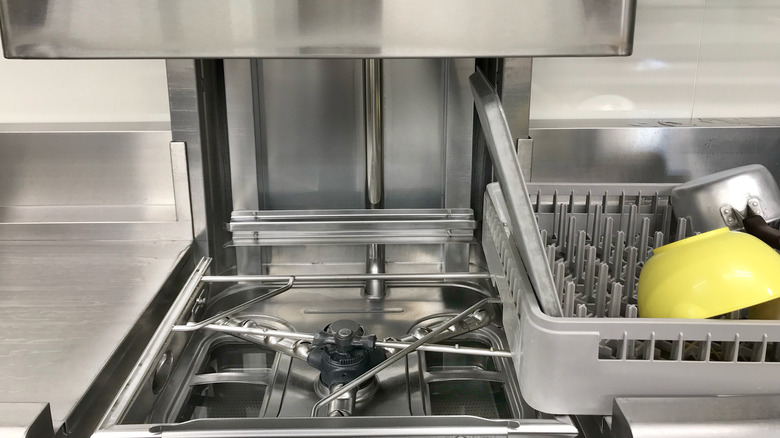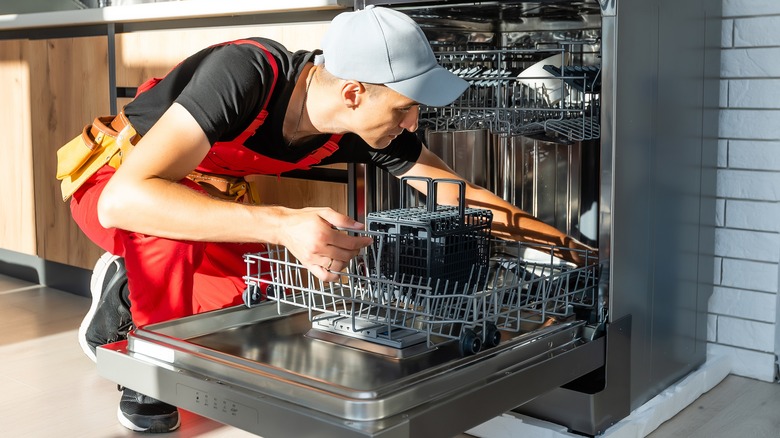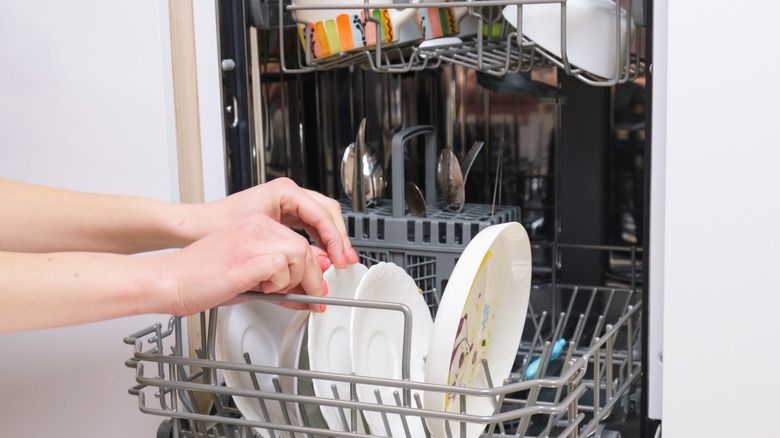5 Reasons Why Your Dishwasher Is Leaking
The dishwasher is one of the most convenient home appliances in almost every household. The fact that you can quickly load up the racks with dirty dishes and come back to clean ones is not only time-saving but also life-changing for many. However, just like any other home appliance, the dishwasher is subject to damage because of the frequency of use.
One of the major plaques ailing this trusted home appliance is frequent leaks as indicated in the 2019 Puls National Appliance Repair Report. While having a leaking dishwasher poses water damage dangers, the good news is that a majority of the problems are easy to diagnose and fix right at home. You don't have to resort to washing the dishes by hand, especially if you can quickly fix the problem yourself.
Alternatively, if you're not confident you'll be able to handle such fixes, you can call a maintenance specialist to solve the problem for you. Fixing leaks is also quite affordable when compared to installing a new dishwasher, costing between $50 and $350, according to Puls. Identifying the source of the leak is usually the first step before implementing any type of solution. Now let's take a look at some of the main reasons why your dishwasher is leaking, and also discuss some of the ways you can solve the problem as soon as possible.
1. A leaky dishwasher door
If you notice water accumulating right at the bottom of the dishwasher door, then the locking system might be loose or slightly bent. If this is the case, then the solution is quite easy, use a screwdriver to tighten the door latches. Alternatively, if the latches are damaged, go ahead and install new latches — making sure they're tightly attached. If you have already done this and water is still pooling under the door, then you might be dealing with a compromised door gasket. The dishwasher gasket has only one task, to form a water-tight seal whenever you close the door.
Other than water paddling at the bottom of the dishwasher, ABA Appliance Repair also mentions that escaping steam from the door is another telltale sign that the gasket is the problem. A damaged gasket needs to be replaced, and you can easily replace the dishwasher door gasket right at home. First, peel off the damaged gasket and clean the channel before installing the new one. Usually, the gasket needs to be soaked in warm water or warmed up using a blow dryer just to make it more flexible and easier to install, per Twin Cities Applicance Service. Right after attaching the gasket, close the dishwasher door to seal it tight on the channel.
2. Floating switch problems
Ever wondered how a dishwasher knows how much water it needs? Well, this is the function of the floating switch. The dishwasher floating switch is a device located right at the bottom of the dishwasher tub, useful in measuring the level of water every time the dishwasher fills. Essentially, the float rises with the water and sends a signal to the floating switch to turn off the inlet once the water gets to a certain level (via Quality Float Works). So if by any chance the float gets stuck at the bottom, then the dishwasher will overfill, therefore, causing a leak. Sometimes the floating switch malfunctions because of damage or maybe the float is not getting enough power supply.
For the latter, according to PartSelect, you'll need to use a multimeter to ascertain whether power is the main issue. It's worth mentioning that floating switch problems are often more complicated and might require you to seek the services of a professional repairperson. Isolating the problem, however, is something that you can do before seeking the services of a professional. All you need to do is to open the dishwasher mid-cycle and just observe what you're dealing with. The water should be below the heating element, otherwise, the floating switch might be faulty.
3. Drain pipe issues
Sometimes, your dishwasher is just fine and the cause of the leak is the drain pipe. The primary purpose of the drain pipe is to dispose of dirty water in the sink. But how do you know that the drain pipe is the culprit for the leak? Well, if the leak only happens when you run the kitchen pipes, then the drain pipe is often the problem. In such cases, the drain pipes are usually blocked, therefore, getting in the way of the dishwasher's discharge hose, per plumbing repair company Roto-Rooter. If the drains are too slow or completely clogged, the water from the sink finds its way into the bottom of the dishwasher through the discharge hose and eventually on the kitchen floor.
Fortunately, there's a simple solution to this problem, creating a high loop on the dishwasher's discharge line. According to Home Inspection Geeks, you can prevent the backflow from the drain pipes by raising the dishwasher discharge hose before connecting it to the sink. Implementing a high loop is only a temporary fix to the problem, however. For a permanent solution, consider installing an air gap that is better at stopping the backflow of water into the dishwasher as compared to a raised loop.
4. Failing water inlet valve
The water inlet valve is responsible for giving water passage into the dishwasher throughout the cycles. It's not uncommon for water inlet valves to fail and either prevent water from getting into the dishwasher or fail to close, causing the dishwasher to overfill, leading to a leak. It's easy to tell if the water inlet valve is the cause of the leak. West Coast Chief Repair explains that if the leak occurs when the appliance is off, you should take this as a clear sign that the inlet valve has failed. It's not possible to repair a broken valve, therefore you will need to buy another valve and install it according to the directions of the manufacturer.
However, it's worth mentioning that replacing a dishwasher valve is easier said than done. This is particularly true for homeowners who don't have experience with electrical components. What's more, the repair might also require specific tools that you might not have. So in such a case, it's best to call a repairperson to handle the replacement.
5. Broken dishwasher spraying arm
Most dishwasher brands come with either one arm or two spraying arms. One is located at the bottom of the tub and the second spray arm is located on the roof of the tub. These spray arms are responsible for spraying detergent and water on the dishes in the washing chamber. When these spray arms break or get clogged, the damage causes alteration to the spray pattern, and sometimes, the spray arm might spray the water toward the door, explains ApplianceAid.com. If the door has a faulty gasket, that is when the dishwasher starts to leak.
Determining if the spray arm is causing your dishwasher leak is quite simple, according to PartSelect. Open the dishwasher, and remove the lower rack. Spin the spray arm just to make sure it moves freely in every direction. Remove any obstruction that might cause the arm to get stuck in one particular direction. You can also go a step further and unscrew the arm and inspect it for any damages. If it's broken, then you'll need to replace it immediately — you don't want to risk the leak causing any more damage than it has already done. Be sure to check every spray arm in the dishwasher just to eliminate the possibility of a leak in the future.
